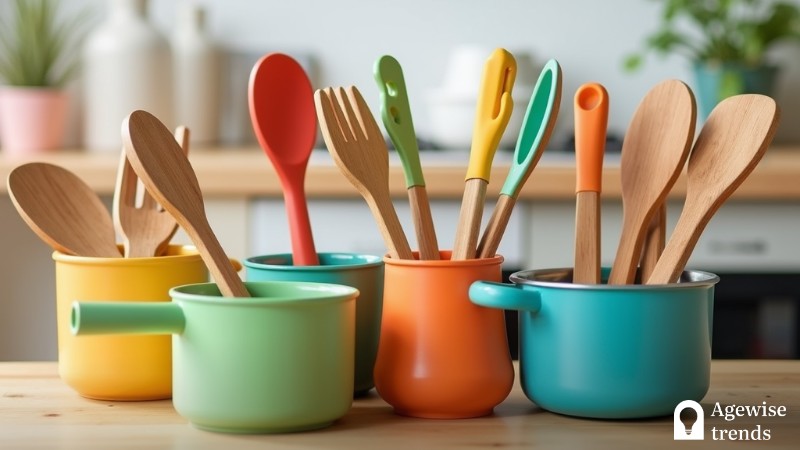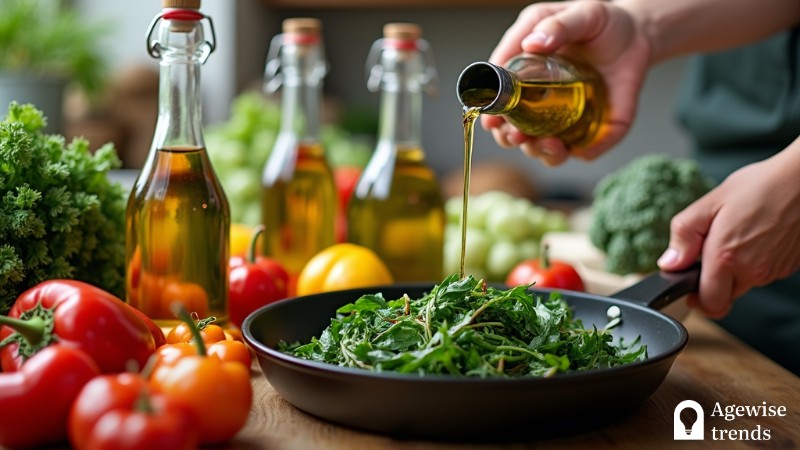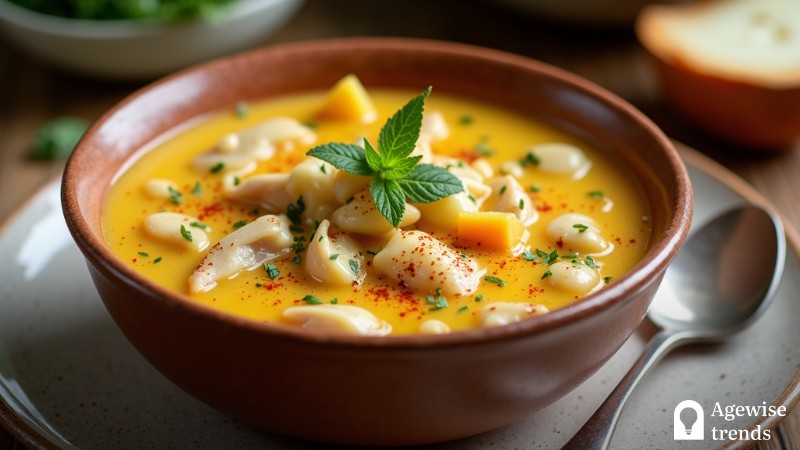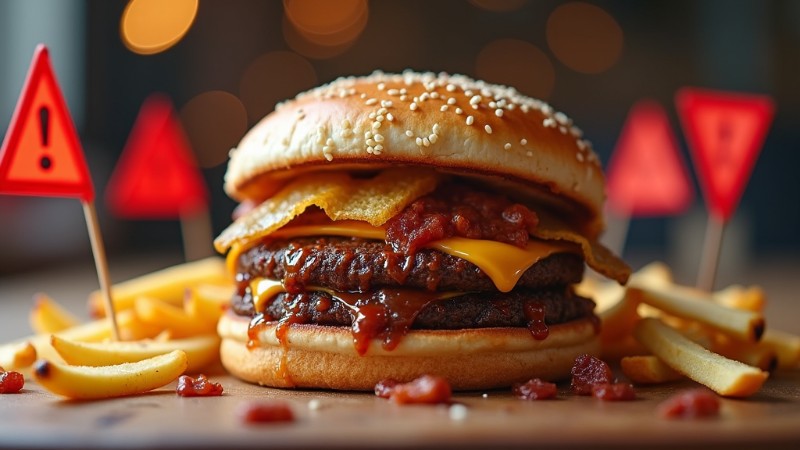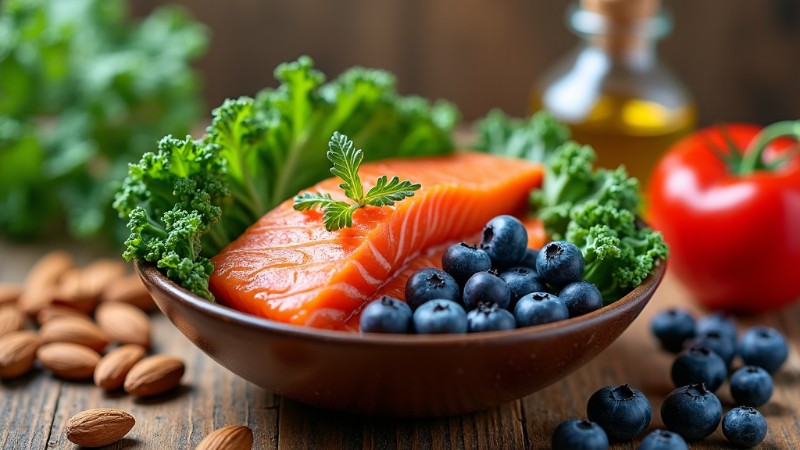In every kitchen, utensils are essential tools that play a role in nearly every meal. But what if the utensils you’ve been using are silently harming you? If you’ve ever used black plastic spatulas, ladles, or spoons, it might be time to reconsider their safety.
The growing concerns over black plastic utensils, particularly those made from recycled materials, have caught the attention of food scientists, environmental experts, and health-conscious home cooks alike.
Key Takeaways
Black plastic kitchen utensils made from recycled materials may contain harmful chemicals like flame retardants, posing health risks to consumers.
- Bamboo, wood, silicone, and stainless steel are safer alternatives to black plastic utensils for cooking and preparing meals.
- High-heat cooking with plastic utensils can cause chemicals to leach into food, increasing the risk of health problems.
- Proper care and maintenance of kitchen utensils, including regular inspection and cleaning, is essential for ensuring kitchen safety and reducing the risk of chemical contamination.
Risks of black plastic utensils
The primary concern with black plastic kitchen utensils lies in their potential chemical contamination. A 2020 study published in Chemosphere found that black plastic made from recycled electronic waste can contain harmful chemicals such as flame retardants.
These chemicals, specifically polybrominated diphenyl ethers (PBDEs), are often added to plastic to reduce the risk of fires, but they can leach into food when exposed to heat, especially when cooking with utensils. While a correction was issued for some data errors in the study, the risks remain valid, particularly for items made from recycled plastics that were never intended for food use.
When exposed to heat during cooking, these chemicals can migrate from the plastic and into the food being prepared. This process, known as leaching, can cause significant health concerns. PBDEs have been linked to hormone disruption, increased cancer risks, and other long-term health issues. The danger is further compounded because these chemicals often accumulate in the body over time, contributing to chronic health problems.
Furthermore, black plastic utensils are often made from materials that are difficult to recycle, leading to environmental concerns. These plastics may not be easily sorted in recycling facilities due to their dark color, ultimately contributing to increased landfill waste and the release of persistent organic pollutants (POPs), which are harmful to ecosystems and wildlife.
The risks of recycled plastic in kitchen utensils
The growing concern surrounding black plastic utensils primarily revolves around their use of recycled materials, which often include plastics from electronics, packaging, or other non-food-grade sources. These materials may carry additional toxic substances that aren’t safe for food preparation. Recycled plastics are harder to regulate, and many companies do not disclose whether their products contain recycled materials.
Dr. Li Li, an assistant professor specializing in environmental chemistry, explains that recycled plastics may still contain harmful additives, like flame retardants, that can’t be fully removed during the recycling process. When these utensils are used in cooking, they may release dangerous substances into food, especially when exposed to high temperatures, extended cooking times, or oily environments.
Though some brands, such as OXO, have taken steps to ensure their black plastic utensils do not use recycled materials, it is not always easy for consumers to discern what’s inside the products they buy.
Safer alternatives to black plastic utensils
If you’re concerned about the potential risks of using black plastic utensils, the good news is that there are plenty of safer alternatives. Several materials, including wood, bamboo, stainless steel, and silicone, are healthier for both you and the environment. These alternatives not only reduce your exposure to harmful chemicals but also align with kitchen safety standards, ensuring that your meals are prepared with safe, non-toxic tools.
Bamboo and wood: Eco-friendly and safe
Bamboo and wood utensils are increasingly popular choices for those seeking eco-friendly alternatives. Bamboo is a renewable resource, making it a sustainable option for consumers who want to reduce their environmental impact. Additionally, bamboo is naturally non-toxic, biodegradable, and durable enough to withstand regular kitchen use.
Dr. Susan Harlander, an expert in food science and technology, recommends bamboo for non-stick cookware because it’s gentle on surfaces and won’t cause damage. However, it’s important to note that wood is more porous than other materials, which means it requires more care in cleaning to prevent bacteria growth. A proper cleaning routine, such as washing and drying the utensils immediately after use, is essential to maintaining their hygiene and longevity.
Silicone: Heat-resistant and non-toxic
Silicone has become one of the most frequently recommended alternatives to black plastic. It’s heat-resistant, flexible, and durable, making it ideal for a wide range of cooking tasks. Food-grade, BPA-free silicone utensils can withstand temperatures up to 450°F, making them suitable for high-heat cooking, including frying and baking.
One of the major advantages of silicone is its ability to protect non-stick cookware. Unlike metal utensils, silicone won’t scratch or damage the delicate coating of non-stick pans. It also provides a soft touch, making it easier to handle hot food without the risk of burns. Many kitchen experts recommend silicone for those who cook with high heat or prefer non-stick pans.
Stainless steel: Durable and long-lasting
Stainless steel utensils are an excellent choice for those looking for a more durable and long-lasting option. While stainless steel can be harder on non-stick surfaces than silicone or wood, it’s ideal for tasks that require strength, such as stirring thick mixtures or flipping heavy foods.
Stainless steel is known for its longevity, with high-quality sets lasting a lifetime when properly maintained. The Viking 8-Piece Stainless Steel Cooking Utensil Set, for example, features durable utensils made from 18/8 stainless steel, a food-safe material known for its resistance to rust and corrosion. Stainless steel is also easy to clean, making it a great option for busy kitchens where frequent washing is required.
While stainless steel is heat-resistant and incredibly durable, it’s important to be mindful of the fact that it may scratch non-stick surfaces. If you primarily cook with non-stick pans, silicone or wood might be better options. However, for those who prefer robust and timeless kitchen tools, stainless steel offers an excellent solution.
How to safely use kitchen utensils
Ensuring your kitchen utensils are safe goes beyond just choosing the right materials. Several practices can further enhance kitchen safety, protecting both your health and the integrity of your cookware.
Avoid high-heat cooking with plastic: As mentioned earlier, high heat can cause harmful chemicals in plastic utensils to leach into your food. To minimize this risk, avoid using plastic utensils when cooking at high temperatures. Opt for stainless steel, silicone, or wood utensils when preparing meals that require heat, such as frying or grilling.
Regularly inspect your utensils: To ensure your kitchen utensils are still in good condition, regularly inspect them for wear and tear. Plastic utensils can degrade over time, especially if used frequently in hot or oily environments. If you notice any cracks, discoloration, or signs of damage, it’s time to replace the utensil with a safer alternative.
Keep non-stick pans protected: When using non-stick cookware, always opt for utensils that won’t scratch or damage the coating. Silicone, wood, and bamboo are gentle on non-stick surfaces and help prevent scratching. Stainless steel should be avoided unless you’re sure the pans can withstand the material.
Clean your utensils properly: Proper cleaning is essential for maintaining the hygiene and longevity of your utensils. Wash wooden or bamboo utensils immediately after use to prevent bacteria buildup. Silicone and stainless steel can typically be washed in the dishwasher for added convenience.
Prioritizing kitchen safety and health
Black plastic kitchen utensils made from recycled materials can release harmful chemicals like flame retardants. To stay safe, opt for non-toxic alternatives like bamboo, wood, silicone, or stainless steel. These materials are durable, health-conscious, and ensure kitchen safety. By switching, you can enjoy healthy recipes without compromising well-being. Proper utensil care, such as avoiding high-heat cooking with plastic, can further reduce risks.
Choosing safer utensils also benefits the environment, promoting sustainability in your kitchen. When shopping for kitchen supplies, consider eco-friendly materials that are good for both you and the planet.






